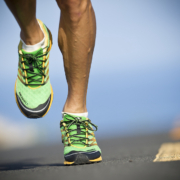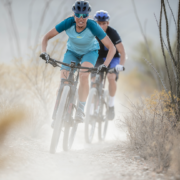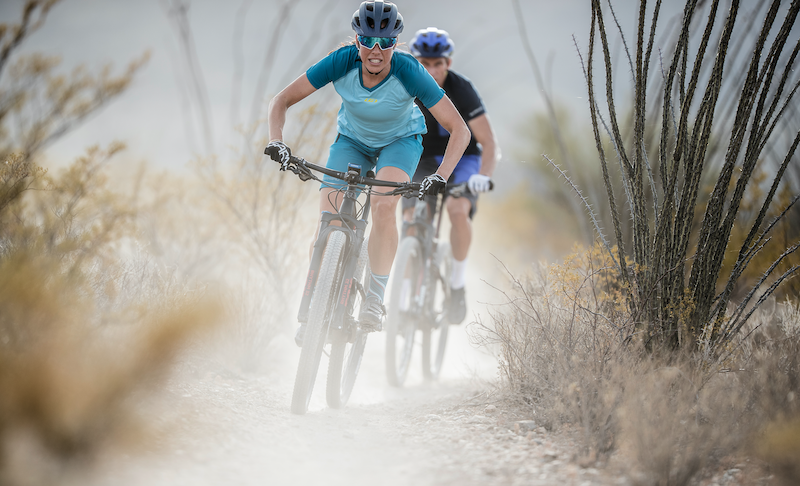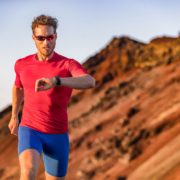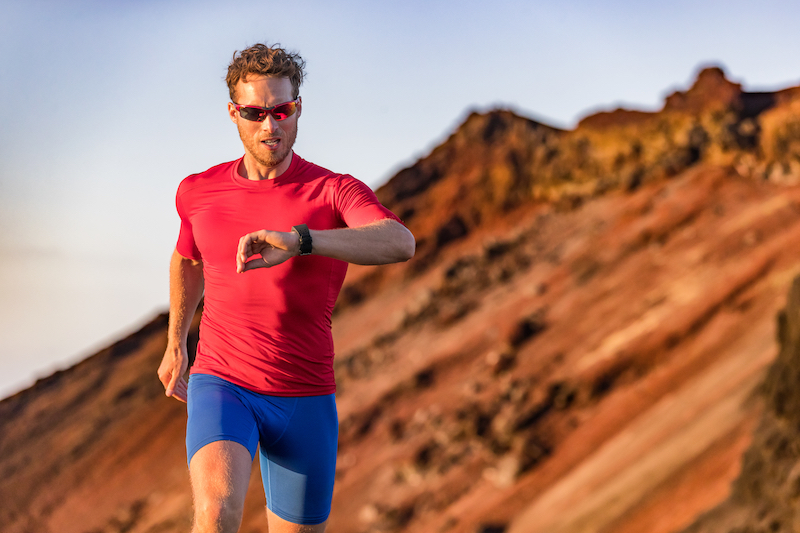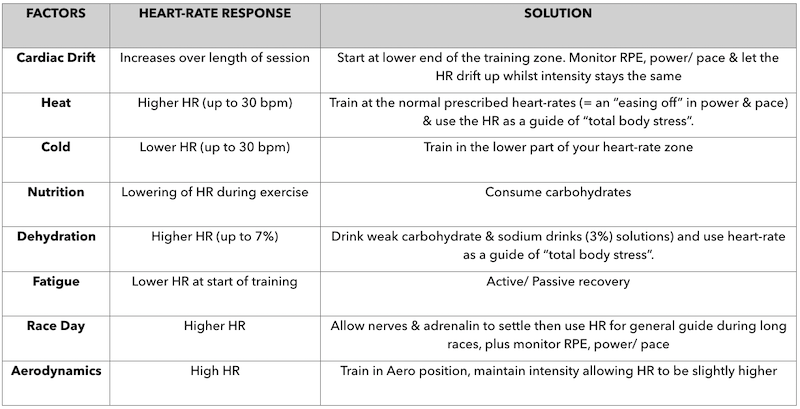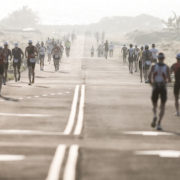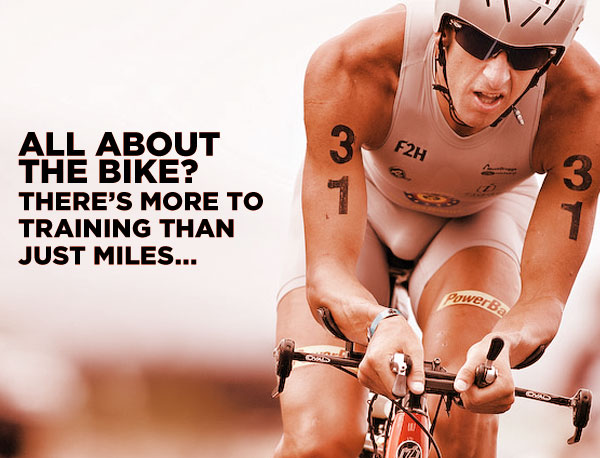THE NEED FOR SPEED
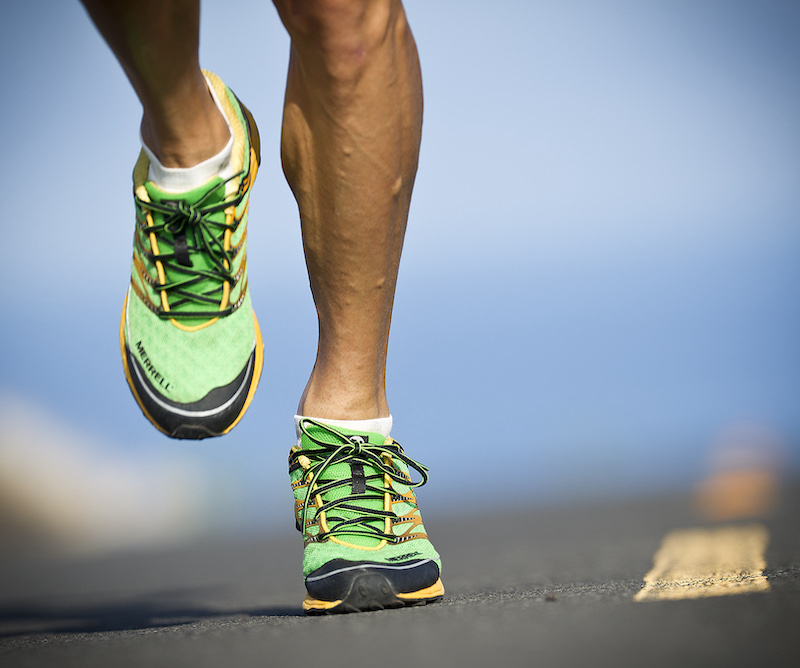 The long winter days are behind us and by now you should hopefully have built up a strong aerobic system and fat-burning base. You’ve spent some time in the hills to develop better strength and now you want to maximize the top end of your engine to propel to peak speeds at the races. It’s time to go fast!!
The long winter days are behind us and by now you should hopefully have built up a strong aerobic system and fat-burning base. You’ve spent some time in the hills to develop better strength and now you want to maximize the top end of your engine to propel to peak speeds at the races. It’s time to go fast!!
There are many ways to increase speed and peak performance but what’s most important is that you do the correct type of speedwork for you as an athlete and for your chosen sport and distance. Every sport has different demands that need addressing depending on your goals. For example, all cyclists ride bikes but sprinters are (metabolically) built differently to the climbers and time triallists are different to mountain bikers. You can see the same in running where marathon runners are made up differently than milers. In Triathlon, speed for the IRONMAN looks different than speed for a draft legal Olympic distance specialist.
So, first off you need to know where the main focus of your speed development needs to lie. In general, the longer the race the more you want to focus on developing your “threshold” as this is going to be more related to your race pace. If you are a shorter distance athlete then developing your VO2 and lactate tolerance is going to drive more gains BUT …. that said, we must always remember that “complete athletes” develop ALL of their physiology to the best level possible and it’s more that their genetic strengths dictate the type of racing that they are most successful at.
So, often you will see a world class marathon runner PR at 5k before breaking a marathon record. Their focus is the marathon but the speed and biomechanical benefits they get from being able to run a fast 5k still help their larger goal. Same as the athletes who win at the IRONMAN. They have often come from faster paced Olympic distance backgrounds. Ok, so with that noted, how exactly do you develop speed and what can you take away from this article and apply to your own training to get RESULTS? Time to get technical…..
So I divide “speed work” in to 3 main categories :
- Threshold
- Aerobic Capacity (VO2)
- Peak Speed
Threshold
Threshold work is typically done through longer reps performed at your threshold (which as you know is best measured through lactate testing) off relatively short recoveries. The goal is to work hard and fast but at an effort that is sustainable for a longer time. Think of this as 12km pace for a runner, 40k pace on the bike and 1500m pace in the pool. Work at your cycling FTP fits right in here. This type of training is therefore directly related to good 10km, time trials and Olympic distance triathlon racing, not forgetting also that the better your threshold the faster you will be at the longer race distances too.
A good standard threshold set is something like 10 x (5 minutes at threshold off 1 minute of easy recovery). The recovery is just enough to be able to do the reps at the same quality over and over again.
Aerobic Capacity (VO2)
VO2 or “aerobic capacity” training is where you are working above your threshold at fast paces but in such a way to develop speed that is still sustainable. For runners, much of this work is done at “5km target pace”. Here the goal is to move faster than usual to work at speeds that are new to you to extend your top end ceiling and really drive your engine to its max. So, the pace and effort is high and the recoveries about half the length of the rep.
For example, 10 x (2 minutes @ VO2 effort off 1 minute of easy recovery) or you could double this for 10 x (4 minutes @ VO2 effort off 2 minute of easy recovery). The basic rule is to give yourself more recovery than you would for threshold work (so that you can work harder) but not “full recovery” which would allow you to do the reps at too high an effort which would produce higher lactate levels from too much anaerobic contribution. Remember that we want AEROBIC speed from this work.
As a coach I demand 2 things when doing this type of work:
- Precise recovery times matched to the length of the interval (2:1 ratio) – never a “jog a lap” recovery, ugh!
- “Even splits” (that is “the same pace”) for each of these reps.
This allows us to track sessions over time and know what is improving. For example, if in week one you can run 12 x 400m at 8 minute/mile pace off 1 minute recovery and in week 4 you can do the same set but at 7.40 min/ mile pace then we KNOW that you are improving.
Peak Speed
Peak speed work has its place for every athlete and. Here you do short, very fast work at near maximum efforts off literally as much recovery as you want!! Genius running coach Jack Daniels calls this “rep” work. The goal is to bring together your optimal technique and recruitment patterns at a fast pace. It forces your cardiovascular system to work at peak levels, enhances your ability to produce pure speed and to also flush out lactate effectively and quickly.
In the early phases of training we do “A-lactate” work which is typically less than 8-10 seconds in length and doesn’t stimulate high lactate production which is something we want to avoid when building an aerobic base. Here though, during a speed and peak phase, we want reps that are 30-60 seconds long and really challenging. Taking “total recovery” between reps maintains high speeds and quality of movement. Runners might do 4 x 200m off 3 minutes rest and cyclists 4 x 60 second all out efforts off 5-10 min easy spin.
So, there you have it. Some tricks and concepts to help you get faster BUT as always it’s smart to remind you that this type of training is highly demanding and “the icing on the cake”. It should therefore only be done only once you have a great aerobic base and solid biomechanics.

